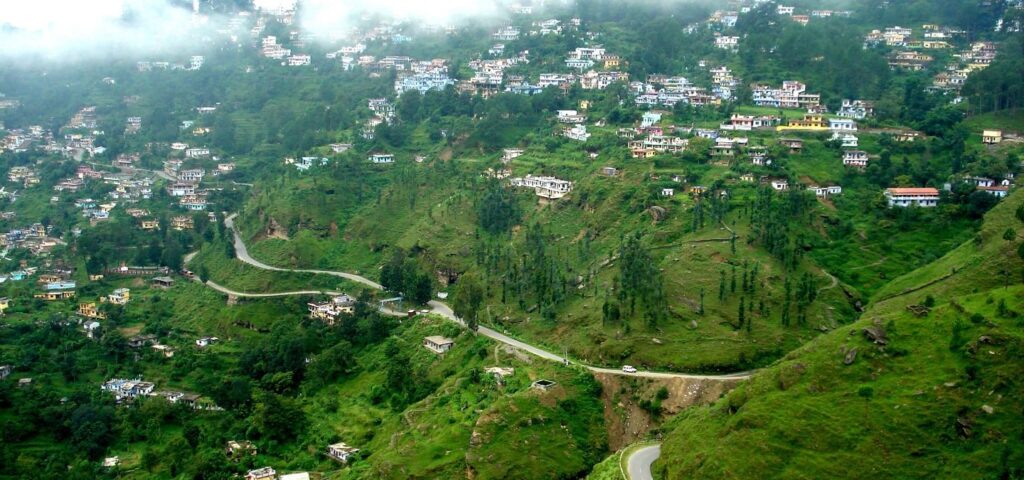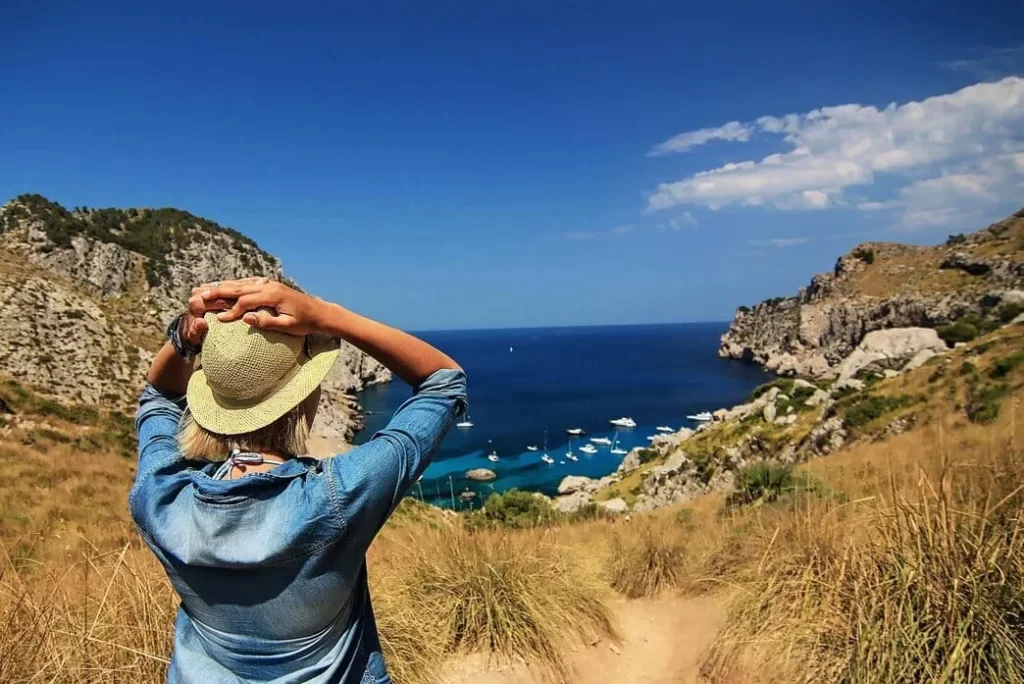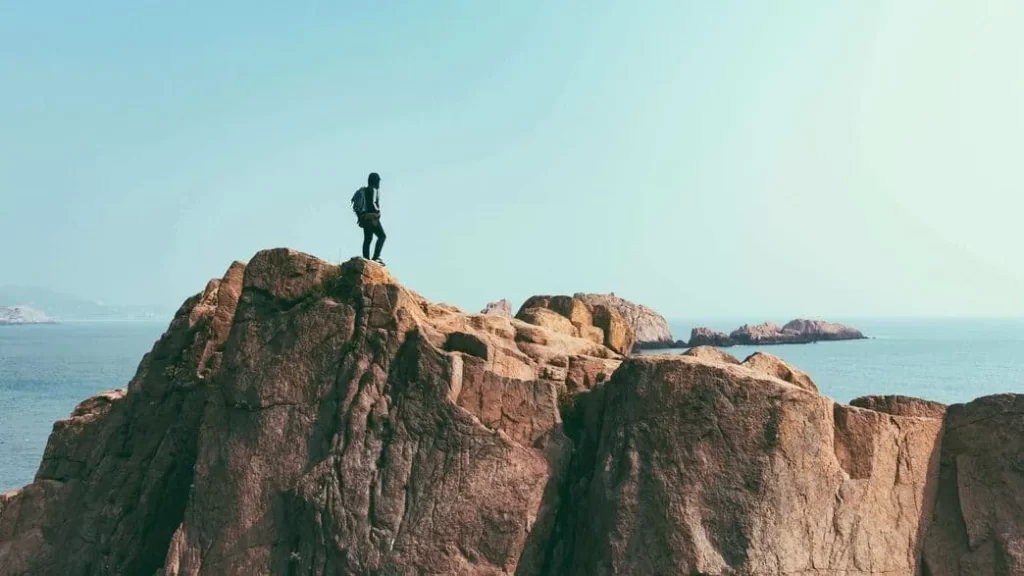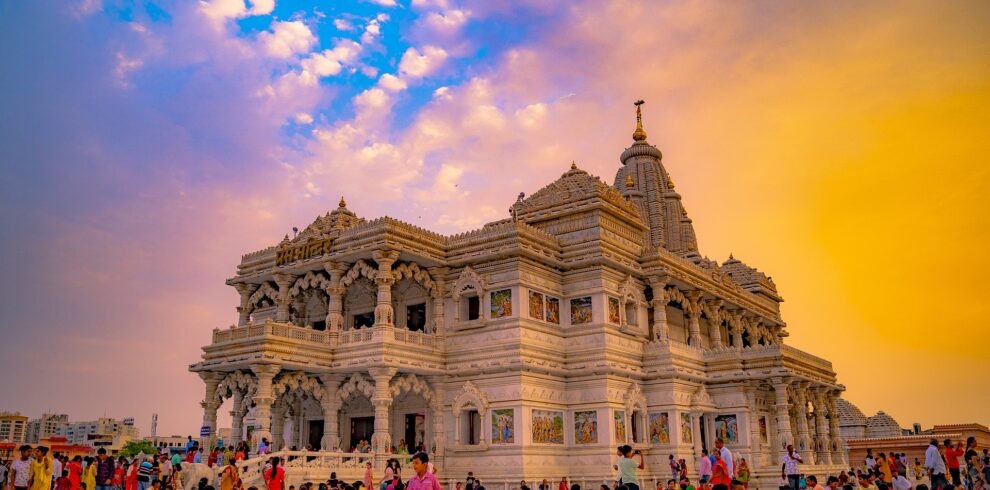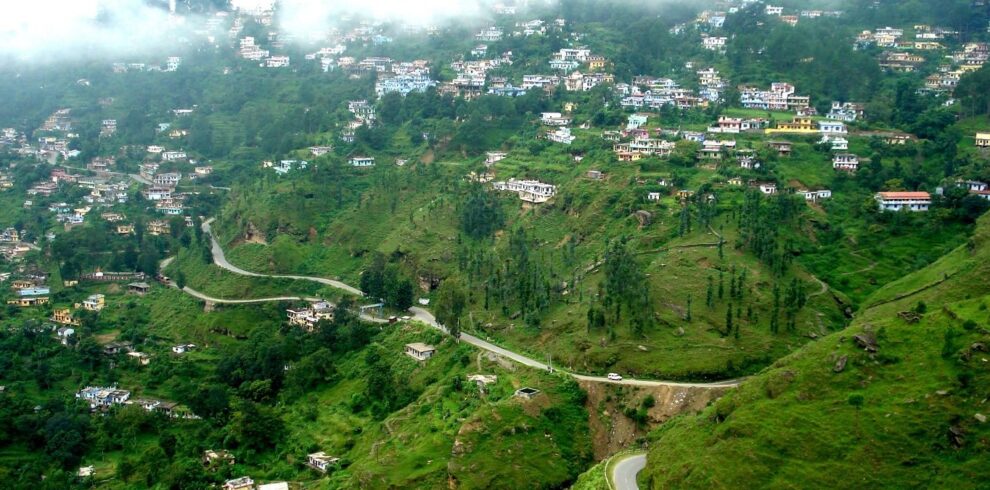Uttarakhand Tour Packages
Uttarakhand, located in the northern part of India, has a rich and ancient history. It was once a part of the Kuru Kingdom in ancient India and later became a significant region in the Mauryan and Gupta empires. Over time, various dynasties, such as the Katyuris and the Chand Kings, ruled this region.Uttarakhand, a state in northern India crossed by the Himalayas, is known for its Hindu pilgrimage sites. Rishikesh, a major centre for yoga study, was made famous by the Beatles’ 1968 visit. The city hosts the evening Ganga Aarti, a spiritual gathering on the sacred Ganges River.Uttarakhand Tour Package is popularly referred to as “the land of the gods” (Devbhumi) owing to its huge number of Hindu pilgrimage sites and proximity to Mount Kailash.
Uttarakhand: A Comprehensive Exploration of India’s Enchanting Himalayan Jewel
Nestled majestically in the lap of the Himalayas, Uttarakhand Tour Package stands as a testament to nature’s grandeur and spiritual mystique. Spanning across the northern part of India, this enchanting state is a tapestry woven with threads of breathtaking landscapes, rich cultural heritage, and profound spiritual significance. From the snow-capped peaks of the mighty Himalayas to the tranquil shores of sacred rivers, Uttarakhand beckons travelers with promises of adventure, serenity, and discovery.
Geography and Landscape
Uttarakhand’s geographical diversity is nothing short of awe-inspiring. Its landscape is a captivating blend of towering mountain peaks, verdant valleys, dense forests, and meandering rivers. The state is home to some of the highest peaks in the Indian Himalayas, including Nanda Devi, Trishul, and Kamet, which stand as silent sentinels guarding the land below.
The majestic rivers that flow through Uttarakhand Tour Package, including the Ganges, Yamuna, and their tributaries, carve their way through the rugged terrain, nourishing the land and its people. These sacred waters are not only a source of sustenance but also hold deep spiritual significance for millions of devotees who flock to their banks seeking purification and blessings.
Spiritual Significance
Uttarakhand is often referred to as the “Land of the Gods” for its myriad sacred sites and pilgrimage destinations. The Char Dham, comprising Badrinath, Kedarnath, Gangotri, and Yamunotri, holds a special place in the hearts of Hindus worldwide. These revered shrines, nestled amidst the Himalayas, are believed to be the abode of the gods and goddesses, drawing pilgrims from far and wide who embark on arduous journeys to seek divine blessings and salvation.
Rishikesh, situated on the banks of the holy Ganges River, is renowned as the “Yoga Capital of the World.” This spiritual haven attracts seekers and practitioners from across the globe, who come to immerse themselves in the ancient science of yoga and meditation, seeking inner peace and enlightenment.
Cultural Heritage
The cultural tapestry of Uttarakhand Tour Package is as diverse as its geography. The state is inhabited by various ethnic communities, each with its own unique customs, traditions, and folklore. The Garhwal and Kumaon regions, in particular, are known for their vibrant cultural heritage, which finds expression in traditional music, dance forms, festivals, and handicrafts.
The rhythmic beats of Garhwali and Kumaoni folk music echo through the valleys, while colorful festivals like Holi, Diwali, and Uttarakhandi New Year (Magh Mela) bring communities together in joyous celebration. Handicrafts such as woodcarving, pottery, and woolen textiles showcase the skill and craftsmanship of local artisans, preserving age-old traditions for generations to come.
Adventure and Outdoor Activities
For adventure enthusiasts, Uttarakhand offers a playground of exhilarating outdoor activities amidst its pristine natural surroundings. The towering peaks and rugged terrain provide a paradise for trekkers and mountaineers, with trails ranging from gentle meanders through lush forests to challenging ascents to high-altitude passes.
The rivers that flow through Uttarakhand offer thrilling opportunities for white-water rafting and kayaking, with stretches of rapids that test the skills of even the most seasoned adventurers. Wildlife enthusiasts can explore the state’s national parks and wildlife sanctuaries, including Jim Corbett National Park, home to a diverse array of flora and fauna, including the majestic Bengal tiger.
Hill Stations and Retreats
Uttarakhand Tour Package is dotted with charming hill stations and retreats that offer respite from the chaos of modern life. Places like Mussoorie, Nainital, and Ranikhet beckon travelers with their salubrious climate, panoramic views, and colonial-era charm. Whether it’s strolling along tree-lined promenades, boating on tranquil lakes, or simply soaking in the beauty of the surrounding landscapes, these hill stations provide the perfect setting for relaxation and rejuvenation.
Environmental Conservation
In recent years, Uttarakhand has emerged as a pioneer in environmental conservation and sustainable development. The state government has implemented various initiatives aimed at preserving its fragile ecosystems, promoting eco-tourism, and mitigating the impact of climate change. Efforts such as afforestation, waste management, and renewable energy projects are helping to safeguard Uttarakhand Tour Package natural heritage for future generations to cherish and enjoy.
Conclusion
Uttarakhand Tour Package , with its breathtaking landscapes, profound spirituality, rich cultural heritage, and boundless opportunities for adventure and exploration, stands as a jewel in the crown of India’s Himalayan region. Whether you’re a seeker of spiritual enlightenment, an adrenaline junkie craving adventure, or simply a traveler in search of peace and tranquility, Uttarakhand Tour Package welcomes you with open arms to embark on a journey of discovery and self-discovery amidst the splendor of the Himalayas.
Uttarakhand, located in the northern part of India, has a rich and ancient history. It was once a part of the Kuru Kingdom in ancient India and later became a significant region in the Mauryan and Gupta empires.
Travel is the movement of people between relatively distant geographical locations, and can involve travel by foot, bicycle, automobile, train, boat, bus, airplane, or other means, with or without luggage, and can be one way or round trip. Travel can also include relatively short stays between successive movements.
The origin of the word “travel” is most likely lost to history. The term “travel” may originate from the Old French word travail, which means ‘work’. According to the Merriam Webster dictionary, the first known use of the word travel was in the 14th century.
It also states that the word comes from Middle English travailen, travelen (which means to torment, labor, strive, journey) and earlier from Old French travailler (which means to work strenuously, toil). In English we still occasionally use the words “travail”, which means struggle. According to Simon Winchester in his book The Best Travelers’ Tales (2004), the words “travel” and “travail” both share an even more ancient root: a Roman instrument of torture called the tripalium (in Latin it means “three stakes”, as in to impale).


